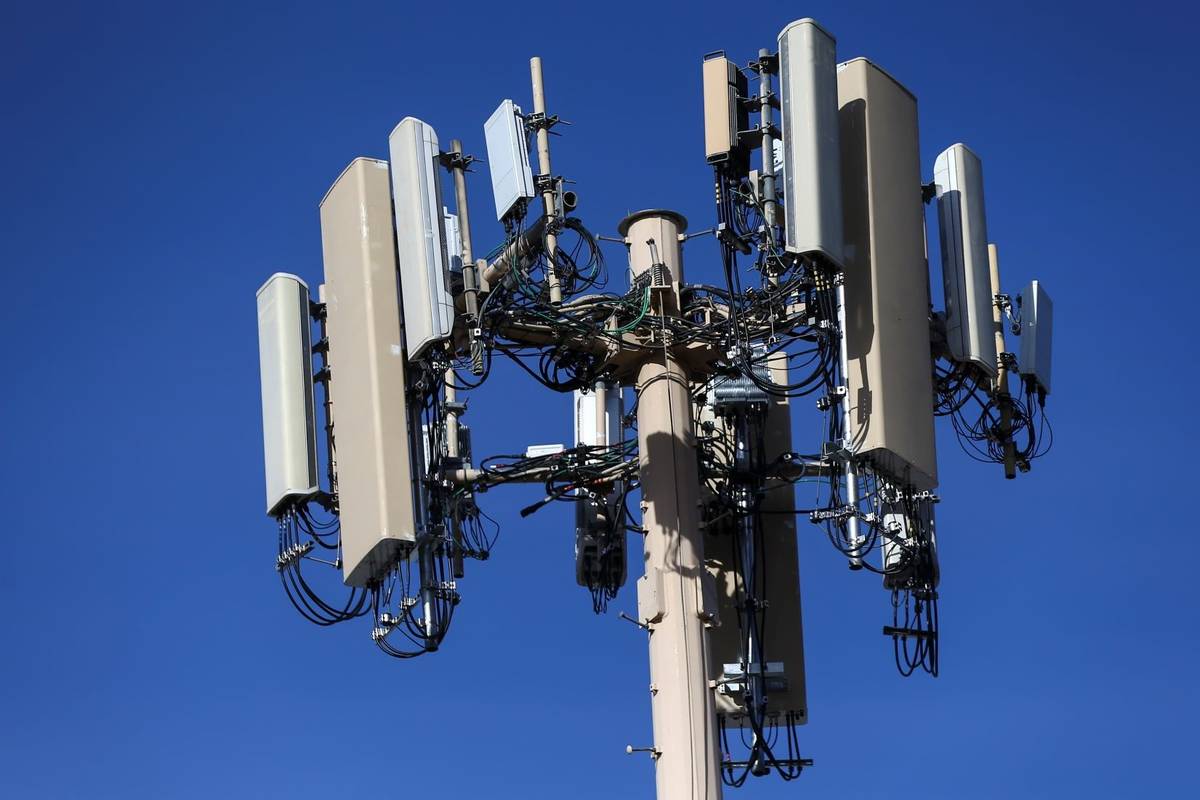What is the safest distance from a 5G cell System?

If you've ever been through a town and spotted tiny mini 5G cell towers on street light poles. They look like little boxes, but they're actually broadcasting wireless signals from cellular providers to your phone.

These smaller towers are replacing larger, purpose-built cell towers. While they're less noticeable however, they could create problems for those who live nearby.
The Federal Communications Commission's Radiation Exposure Thresholds
The FCC's Radiation Exposure Thresholds define the safe distance that a person can be exposed to electromagnetic radiation from wireless devices. The limits for exposure are based on research that show that RF energy can cause harm to health.
The rate of absorption called the specific absorption rate (SAR) is a measure of the amount of radiofrequency energy that is taken up by tissues. It's usually 1.6 milliwatts per kilogram calculated over one gram of tissue.
Since 5g is able to transmit at higher frequencies and has the potential to cause greater energy intensity on the skin as well as other body parts. This can result in various potential harms, including exacerbated the development of skin conditions such as dermatitis, skin cancer and cataracts.
Due to the potential for negative effects of 5G radiation, PSU has chosen to set a general localized maximum power density of four MW/cm2 averaged on 1cm2, and not to exceed 30 minutes, for all 5G services at 3000 GHz. This limit for localization is in line with the highest spatial-average SAR of 1.6 W/kg averaged over 1 grams of tissues at six GHz.
The FCC's Maximum Exposure Thresholds
Have you ever used a cell phone, then you've probably realized that a safe location from the tower is at least 400 meters away. This is because the power of transmission from cell towers increases drastically the further away the tower is.
While this sounds like something that's good, the reality is that people who live close to towers might be more susceptible to health problems. For example, a study from 2014 in India found that those who lived within 50m of cell towers had significant more health issues than those who were away from the antennas.
But, the study showed that residents who moved into areas farther away from the cell towers saw their symptoms return to normal within a few days. Studies have also shown that exposure to high amounts of electromagnetic field radiofrequency (EMFs) could cause brain tumors, cancers and other health issues.
This is due to the fact that RF radiation, which is used in wireless communication can penetrate the human body's exterior layer, called the skin. This is vital to be aware of because the skin serves as a shield against injuries caused by mechanical forces, infections caused by pathogenic microorganisms and the entry of harmful substances. Additionally, it is the most important organ of the human body and is responsible for keeping the integrity of other organs.
The FCC's Minimum Exposure Thresholds for the Minimum Exposure
The FCC's Minimum Exposure Thresholds rely on various assumptions that aren't supported by evidence from science. These include the erroneous belief that short-term exposures RF radiation are safe because of the minimal radiation penetration in the human body (i.e. thermal heating of tissue).
what is a safe distance from a cell tower ignores the more extensive penetration of ELF components of modulated RF signals, as well as the effects of short bursts of heat caused by RF pulses. These theories are not compatible with the current understanding of biological consequences of RF radiation. As such, they should not be relied upon for health-protection exposure guidelines.
Furthermore, the ICNIRP and FCC are limiting the maximum limits of exposure to peak local SARs based on the maximum frequency of absorption (psSAR), which can be described as not a sufficient dosimetric tool to determine the degree of exposure to radiofrequency radiation. Particularly, psSAR is inaccurate when frequencies exceed 6 GHz. Additionally, psSAR hasn't been evaluated for RF radiation with co-exposure to other agents of the environment such as sunlight. In the event of interactions, RF radiation and other environmental agents could result in antagonistic or synergistic impacts. what is a safe distance from a cell tower could result in the risk of having adverse health adverse effects. For safe distance to live from cell phone tower , exposure to RF radiation along with exposure to sunlight can raise the chance of skin cancer, and may also exacerbate other skin diseases such as acne.
